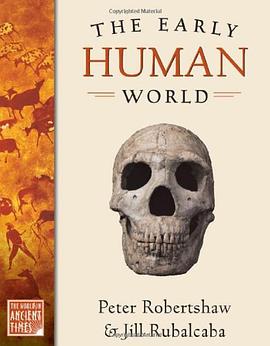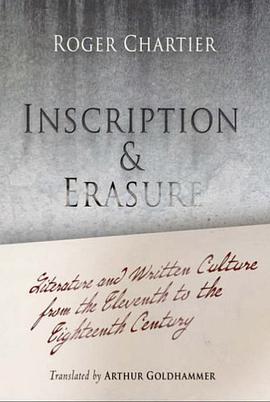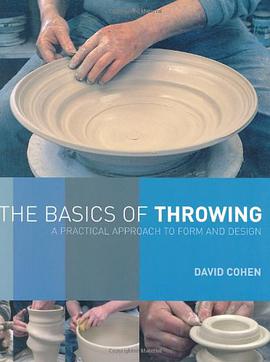

具体描述
A six-million-year-old jaw bone in Ethiopia proves to be a piece of the earliest hominid discovered-so far. Big Mama, who used a tree branch to escape from a zoo in Holland, is found sipping chocolate milk at a local restaurant. Nandy, a 50,000-year-old skeleton surrounded by flower pollen in Iraq, casts doubt on the beastly reputation of an early hominid. Found frozen in the Alps, Otzi reveals what people in Europe ate 5,000 years ago. Ardipithecus ramidus kadabba, a chimpanzee, a Neandertal, and the Iceman are just some of the characters who make up The Early Human World. Peter Robertshaw and Jill Rubalcaba tell the story of early human life using an incredible variety of primary sources: 3.5-million-year-old footprints preserved by a volcano provide evidence of our ancestors' walking on two legs. Stone flakes fashioned 2 million years ago prove early hominids used tools. Bears, lions, and rhinoceroses painted in a cave 30,000 years ago reveal our ancestors' artistic side. An 8,500-year-old dog grave shows the extraordinarily long history of man's best friend. This evidence helps archaeologists decipher not just how we came to be the Homo sapiens we are today, but also what life may have been like for our earliest ancestors. The first Australians encountered freakishly gigantic beasts: kangaroos as big as houses and tortoises the size of cars. The Sahara Desert was once a fertile land, supporting herds of cattle, sheep, and goats. The Early Human World takes readers to sites around the world as archaeologists piece together the clues to our past. For grades 6-8.
作者简介
目录信息
读后感
评分
评分
评分
评分
用户评价
相关图书
本站所有内容均为互联网搜索引擎提供的公开搜索信息,本站不存储任何数据与内容,任何内容与数据均与本站无关,如有需要请联系相关搜索引擎包括但不限于百度,google,bing,sogou 等
© 2025 book.wenda123.org All Rights Reserved. 图书目录大全 版权所有




















